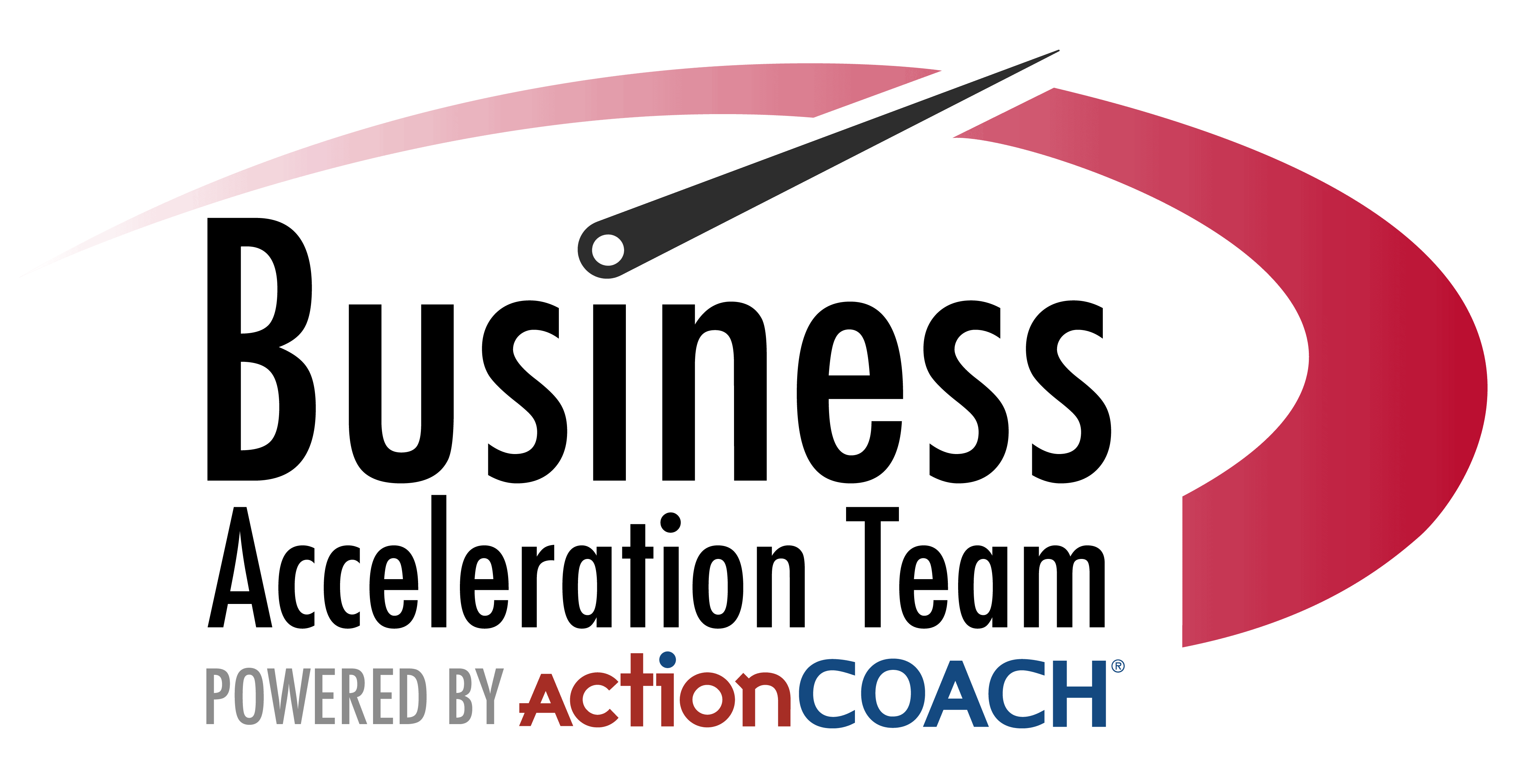
03 Nov Why the Best Entrepreneurs Use Both Training and Coaching
Let’s answer the question every ambitious owner asks: “Should I buy a course… or hire a coach?” Honest take: if you want real, compounding results, you use both – on purpose, in the right order.
Training gives you knowledge. Coaching converts that knowledge into execution. When you stack them, you stop collecting ideas and start installing systems.
Training Builds Capability Fast
Great training compresses years of trial-and-error into a few hours. You learn the what and the why – marketing frameworks, pricing models, hiring scorecards, leadership tools. Large-scale evidence backs this up: well-designed online and blended programs can match or even beat traditional classroom results, especially when they’re practical and applied.
But here’s the rub: most training fails not because the ideas are bad, but because the transfer – the leap from “I learned it” to “we do it every week” – breaks down. That’s a known problem in L&D, which is why serious operators measure beyond “I liked the session” and track behavioral change and results (think Kirkpatrick Levels 3 & 4).
Coaching Turns Ideas Into Outcomes
Coaching is the how and when: cadence, accountability, and course-correction. Meta-analyses of workplace coaching are clear – coaching is effective in moving real organizational outcomes when it’s tied to goals and numbers.
And the ROI case is not just folklore. The ICF/PwC research repeatedly reports a median ROI around 7× for organizations that invest in coaching and track the impact. Translation: put in $10k, get ~$70k in value via revenue growth, margin lift, cycle-time reductions, or leadership gains. Not every program delivers that, but the ceiling is real when execution is tight.
Information vs. Implementation (The Real Difference)
Training: “Here’s the plan and the playbook.”
Coaching: “Run the play, every week, until it sticks.”
Research on training transfer shows exactly why the blend wins: coaching after training improves adoption and sustained behavior change because someone’s in your corner turning concepts into commitments.
How Top Operators Blend Them (So Results Compound)
1. Learn the System (Training)
Take the course, workshop, or quarterly bootcamp. Get the frameworks: lead → convert → deliver → cash; pricing and margin math; hiring scorecards; manager 1:1s.
2. Install the System (Coaching)
Weekly or biweekly: review KPIs, make decisions, assign owners and dates, remove blockers. That’s where habits form and results show up on the scoreboard. (This is the part most teams skip and why they plateau.)
3. Keep the Flywheel Turning (Blended)
Use short, targeted learning sprints to add skills, then reinforce with coaching to protect the cadence. Blended learning consistently outperforms standalone formats because you get flexibility and accountability.
What it Looks Like With Us
Training: Focused workshops and GrowthCLUB-style planning days to teach systems and build your 90-day plan.
Coaching: A simple operating rhythm – owners, dates, numbers – so the plan actually gets done, week after week.
Knowledge without implementation is waste. Knowledge with accountability is profit.
Don’t choose between training or coaching. If you’re serious about growth, use training to learn faster and coaching to execute longer. That’s the blend the best entrepreneurs rely on—because it compounds.
Ready to see what that looks like for your business in the next 90 days? Let’s talk.


Sorry, the comment form is closed at this time.